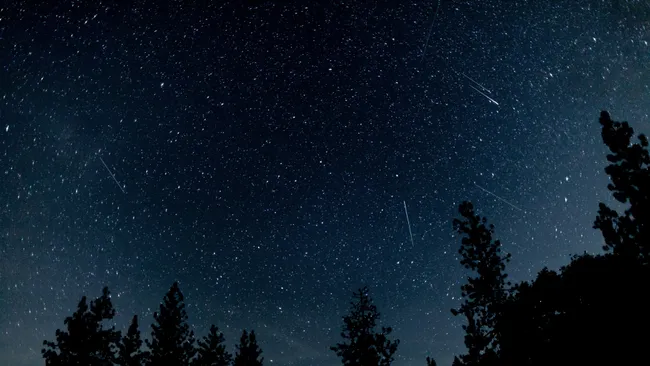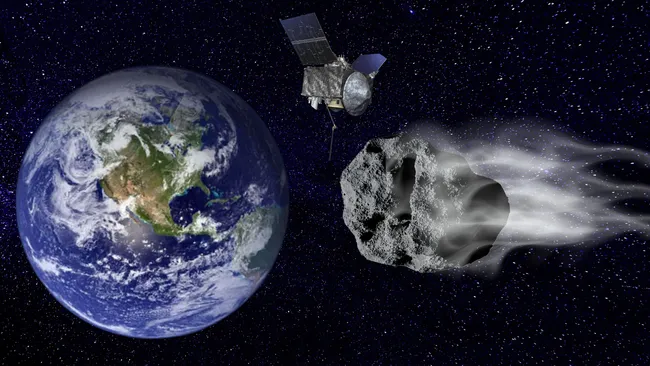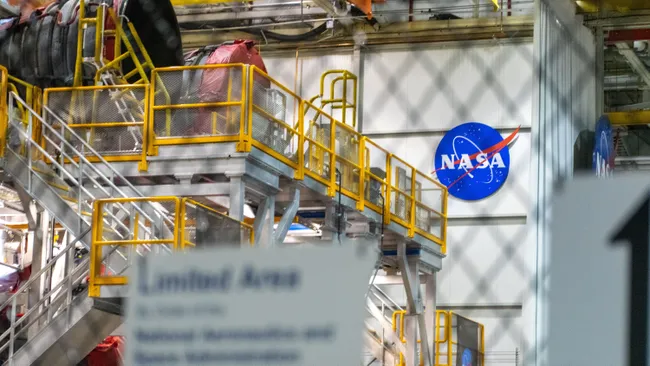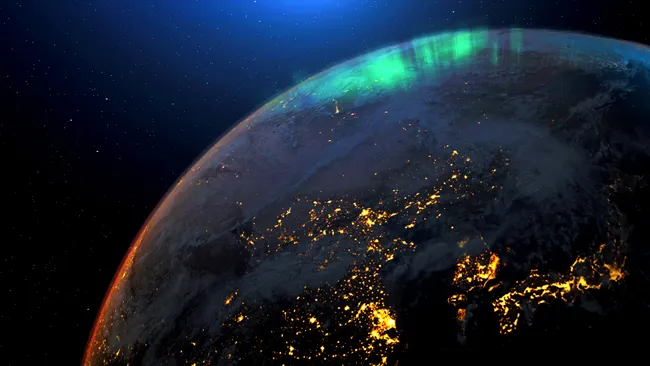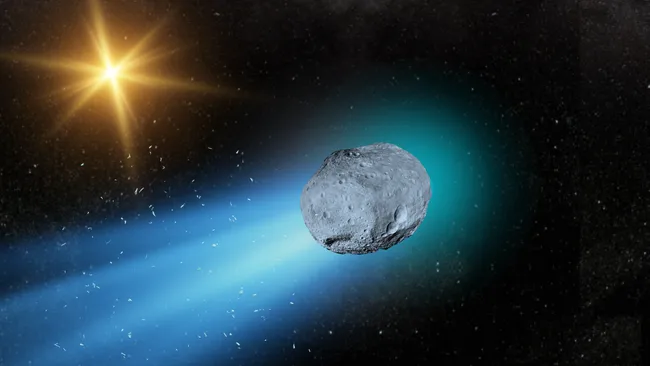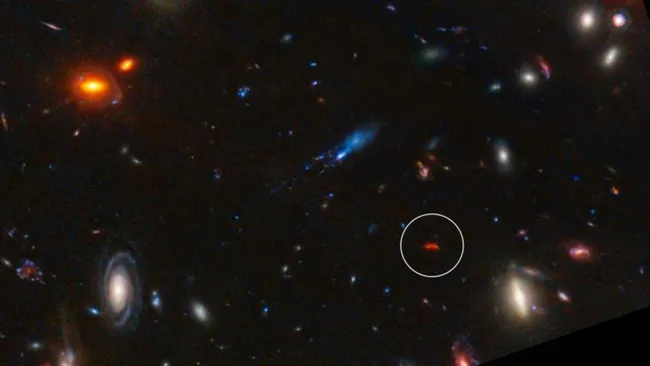Stargazers, the wait is over! The 2025 Orionid meteor shower reaches its dazzling peak tonight, promising up to 20 shooting stars per hour under a perfect moonless sky. These streaks of light come courtesy of Halley’s Comet, leaving behind a glowing debris trail Earth is now passing through.
The shower peaks overnight between October 20 and 21, when the Orion constellation rises high in the southern horizon. The radiant point lies near Betelgeuse, the red supergiant star marking Orion’s shoulder. Viewers across the U.S. and much of the world can expect an ideal view, thanks to the dark skies of the new moon phase.
Although the peak occurs tonight, the Orionid meteor shower 2025 remains active from October 2 to November 7. Meteors appear as fragments from Halley’s Comet entering Earth’s atmosphere at blazing speeds of 41 miles per second (66 km/s), producing brilliant streaks of light as they burn up.
For the best experience, step outside before dawn on October 21. Use a smartphone app to locate Betelgeuse, then look about 40 degrees away toward your zenith — that’s roughly four fist widths at arm’s length. Allow your eyes 20–30 minutes to adjust to the dark, and use a red flashlight to preserve night vision.
Robert Lunsford from the American Meteor Society reminds skywatchers not to worry if clouds interfere. The shower remains strong through October 23, with visible activity continuing into October 26. After that, the radiant shifts slightly into the Gemini constellation, so expect some meteors from that direction.
In addition to the Orionids, both Northern and Southern Taurid meteor streams are currently active. These could produce bright fireballs leading into early November — another treat for night sky enthusiasts.
Bundle up, find a dark spot, and prepare for one of the year’s most breathtaking stargazing events.

